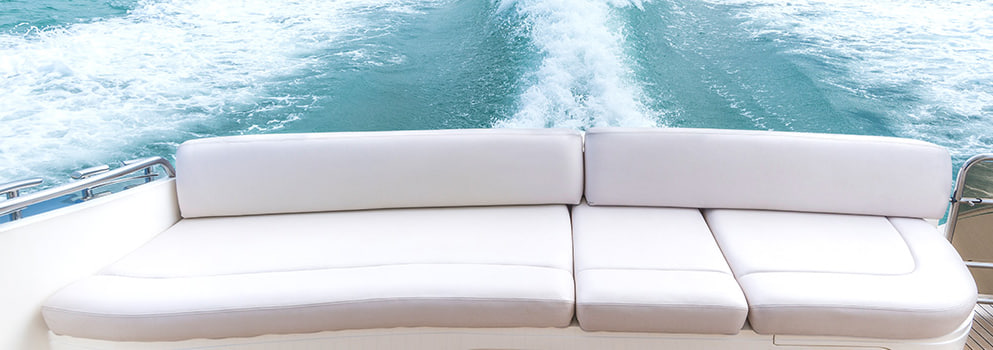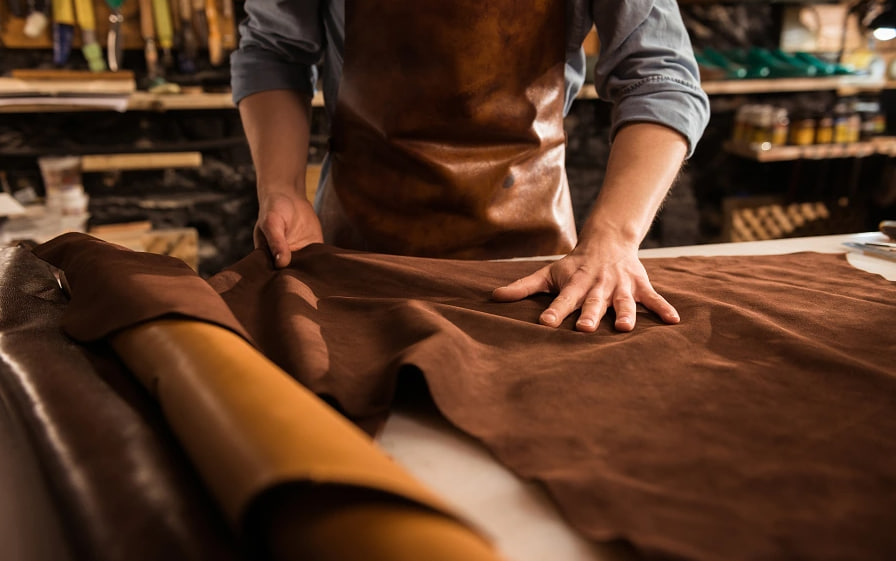Boat Seat Foam Replacement: A Step-by-Step Guide to Restoring Comfort
Over time, even the most well-made boat seats can lose their comfort and shape. Long exposure to sun, saltwater, and regular use breaks down the foam inside the seats, leading to sagging, water absorption, or complete disintegration. If you’ve noticed that your boat cushions no longer offer proper support, it’s likely time for a boat seat foam replacement.
While many boat owners focus on exterior vinyl repairs or cleaning, the foam inside the seat is just as important. Without it, the seat becomes uncomfortable, uneven, and even prone to mold if moisture gets trapped. Replacing the foam can breathe new life into your marine furniture — and it’s easier than you might think.
Why Replace Boat Seat Foam?
Foam deteriorates gradually. Exposure to moisture causes it to lose its structure, while UV rays dry it out, causing cracks or crumbling. In some cases, the foam starts to hold water, making your seats heavy, soggy, and at risk of mold growth. Once foam begins to break down, cleaning or re-covering the vinyl won’t fix the core problem — replacement is the only lasting solution.
Signs you need boat seat foam replacement include:
- Cushions feel hard, flat, or lumpy
- Foam stays wet for hours or even days
- A musty odor persists even after cleaning
- The seat sags or no longer holds its shape
Choosing the Right Foam for Marine Use
Not all foam is suitable for marine environments. The ideal material for boat seat foam replacement is closed-cell or high-density polyurethane foam. Closed-cell foam resists water penetration, making it ideal for exterior seating or open-deck cushions. For interior or cabin seating, high-resilience (HR) foam offers excellent comfort and support while also drying relatively quickly.
Look for foam labeled “marine-grade,” “outdoor-rated,” or “closed-cell” when shopping. Thickness and firmness matter too — for most boat seats, a 2- to 4-inch thick foam with medium-firm support provides a balance between comfort and durability. Some boat owners also use layered foam (firm base + softer top layer) to mimic ergonomic contours.
Removing the Old Foam
Start by removing the seat from the boat. In many cases, boat seats are attached with screws underneath or bolts on a mounting bracket. Once removed, carefully take off the vinyl or fabric cover. If you plan to reuse the cover, avoid tearing or stretching it.
After removing the old foam, inspect the seat base — usually made of plywood or plastic. If it shows signs of water damage, rot, or cracking, consider replacing or sealing it before installing new foam. A damaged base will compromise the effectiveness of any new foam you add.
Cutting and Shaping the New Foam
Trace the outline of your old foam onto the new foam sheet. Use a marker and a sharp utility knife or electric carving knife for clean, even cuts. For curved or rounded edges, a belt sander or foam rasp can help smooth the shape. If you’re layering foam, use spray adhesive between layers to keep them securely attached.
Test-fit the new foam inside the seat cover before reattaching. The foam should fit snugly but not be overly compressed — too much pressure can stress seams and make the seat uncomfortable.
Reinstalling and Sealing
Once the foam is shaped and fitted, place it back into the cover and stretch the material evenly. Attach the seat back to the base, making sure to seal any exposed areas where water might seep in. Some DIYers choose to wrap foam in a thin plastic moisture barrier, though this is optional and depends on climate.
Finally, reattach the seat to the boat. Use stainless steel screws or marine-grade hardware to prevent rust or corrosion.
Maintenance Tips for Long-Lasting Foam
After performing boat seat foam replacement, regular care will ensure your seating stays in top condition. Cover your seats when not in use to block sun exposure. Allow wet cushions to air-dry thoroughly before storing. Clean spills promptly, and consider applying a vinyl protectant to extend the life of the outer material.
Even marine foam has a lifespan — typically 5–10 years depending on use and exposure. Keeping your cushions dry, clean, and shaded will help you get the most out of your replacement.
Restore Comfort and Enjoy the Ride
Replacing the foam in your boat seats is one of the most cost-effective ways to improve comfort, safety, and appearance onboard. With the right materials and a bit of care, you can give your marine furniture new life — and enjoy every trip out on the water with renewed comfort.





Post Comment